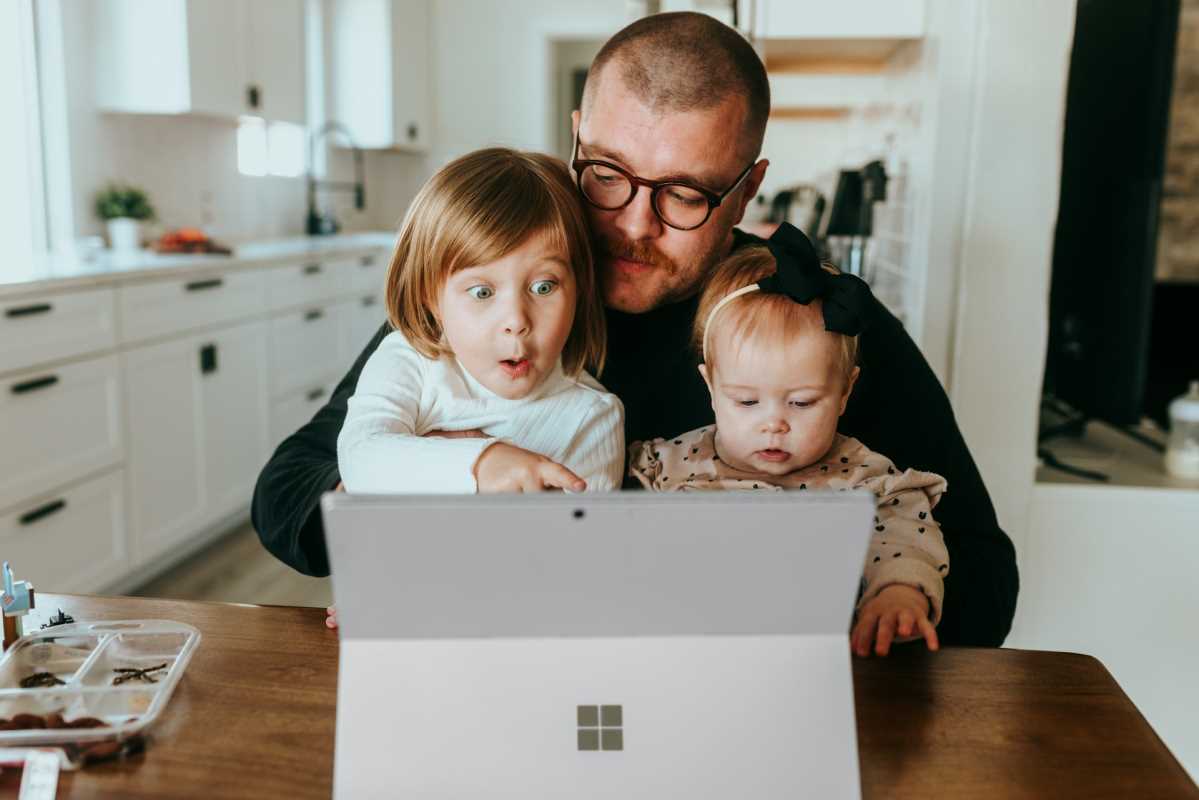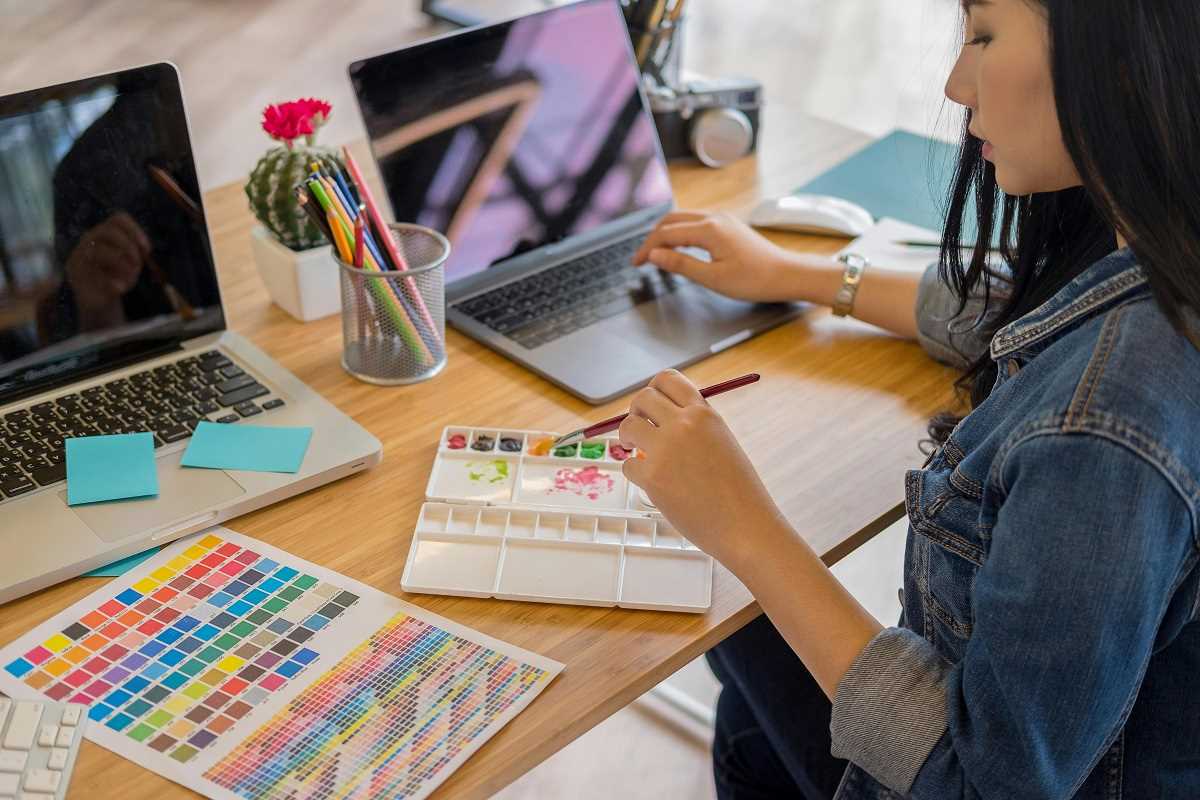Crowdfunding has emerged as a powerful tool for artists seeking to create and distribute their work. Platforms like Kickstarter, Indiegogo, and Patreon have redefined how art is financed, allowing creators to bypass traditional gatekeepers and connect directly with their audiences. For artists, crowdfunding represents not only a means to secure funding but also an opportunity to expand their reach and retain full creative control.
How Crowdfunding is Redefining Art Funding
Traditionally, artists relied on grants, gallery representation, or institutional support to fund their projects. These paths to financial backing often came with significant barriers, from stringent application processes to limited acceptance of non-mainstream ideas. Crowdfunding, however, flips the script by empowering artists to appeal directly to the public—essentially democratizing art funding.
Platforms like Kickstarter and Indiegogo allow creators to propose projects and ask potential backers for financial support in exchange for rewards, such as exclusive prints, early access, or even participatory experiences in the creative process. On the other hand, subscription-based platforms like Patreon enable fans to support artists on an ongoing basis, providing steady income for continuous work.
Crowdfunding has become more than just a financial lifeline. It’s an avenue for inviting community participation and creating a direct relationship between artists and their supporters.
Successful Crowdfunding Cases in the Art World
Over the years, numerous artistic projects have found success through crowdfunding platforms, proving that independent creators can thrive without traditional intermediaries. Here are a few standout examples:
Amanda Palmer and the Art of Music Crowdfunding
Musician and performance artist Amanda Palmer is often cited as a pioneer in crowdfunding. Through Kickstarter, she raised over $1.2 million in 2012 to produce her album and associated art projects. Palmer’s campaign was a watershed moment in crowdfunding, demonstrating the willingness of fans to directly fund artists they love. She later transitioned to Patreon, where she earns steady income from supporters to fund a wide range of creative endeavors.
The Pebble Visual Art Campaign
On Kickstarter, Australian artist Affectors launched an ambitious project to create Pebble, an interactive art installation featuring stones embedded with LEDs. The campaign raised over $130,000, captivating backers with its innovative fusion of art and technology. Without crowdfunding, such an unconventional project might never have come to fruition.
“Obvious” and AI-Created Art
Even the emerging field of AI-generated art has found a home on crowdfunding platforms. The Paris-based artist collective Obvious turned to crowdfunding to fund exhibitions and promote their AI algorithms, famously resulting in the sale of AI-made artwork at Christie's auction for $432,500.
These success stories show that crowdfunding platforms enable not only funding but also exposure for bold, experimental ideas that might not thrive within traditional funding structures.
Benefits for Artists Using Crowdfunding
Crowdfunding offers significant advantages beyond finances. Here’s how it’s reshaping the artistic landscape:
- Creative Freedom - One of the most significant appeals of crowdfunding is that it places creative control firmly in the hands of the artist. Unlike traditional donors or funding institutions, backers are generally happy to allow creators to pursue their vision without imposing restrictions. This freedom allows artists to produce work that remains authentic and unfiltered.
- Audience Development - Crowdfunding campaigns aren’t just about raising money; they’re a way to build an audience. Platforms like Kickstarter and Indiegogo allow artists to reach backers from across the globe, and those who pledge often become lifelong fans. This provides artists with valuable networks of supporters who can advocate for them and amplify their work.
- Promotion and Validation - Successfully funding a campaign often serves as a form of validation for an artist’s project. Garnering widespread backing from fans is not only empowering for creators but also builds momentum for future projects. A well-publicized Kickstarter or Patreon campaign can attract media attention, leading to even greater exposure.
- Direct Community Engagement - Crowdfunding fosters strong relationships between artists and their supporters. By offering exclusive rewards or direct involvement in the creative process, artists turn backers into collaborators. This level of engagement humanizes the production process, increasing trust and loyalty among audiences.
- Flexibility in Monetization Models - Platforms like Patreon provide artists with recurring revenue streams through subscriptions, allowing them to break free from the uncertainty of one-off payments. This gives artists the flexibility to create at their own pace while focusing on quality over quantity.
Challenges of Crowdfunding for Artists
While crowdfunding has its benefits, it’s not without challenges. Artists seeking to succeed on these platforms must be prepared to address these potential obstacles:
- Campaign Management - Running a crowdfunding campaign requires significant effort, including marketing, communication, and delivery of rewards. Many artists underestimate the time and resources needed to manage a campaign effectively, often leading to delays or unmet expectations.
- Financial Risk - While crowdfunding mitigates the need for institutional funding, it’s by no means risk-free. Some campaigns fail to meet funding goals, leaving artists without resources despite significant time invested in promotion. Additionally, platforms like Kickstarter operate on an "all-or-nothing" basis, meaning artists receive no funds unless their financial target is achieved.
- Competition and Visibility - With thousands of campaigns launching daily, standing out can be difficult. Artists often need to invest in marketing efforts or leverage existing fan bases to cut through the noise and attract backers.
- Pressure to Deliver - When an artist successfully funds a campaign, they’re obligated to fulfill promises made to backers. This pressure can be intense, particularly for creators juggling limited resources. Mismanagement or delays can harm an artist’s reputation.
- Platform Fees - While crowdfunding platforms provide valuable services, they typically charge fees ranging from 5% to 10% of funds raised, which can impact an artist’s final take-home amount.
Crowdfunding’s Impact on the Art World
For better or worse, crowdfunding has permanently changed the creative economy. Decentralizing the funding process has reduced reliance on traditional gatekeepers, allowing anyone with an internet connection and a compelling idea to find their audience.
Crowdfunding holds incredible promise for the art world. It proves that, when given the tools, individuals are not just willing but eager to support the creative projects they value. By harnessing the power of the crowd, artists can secure their independence while shaping the future of art as we know it.
 (Image via
(Image via





